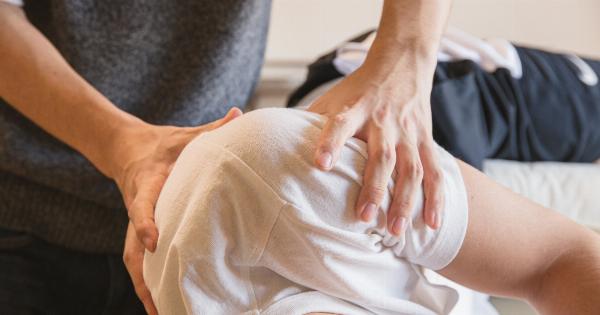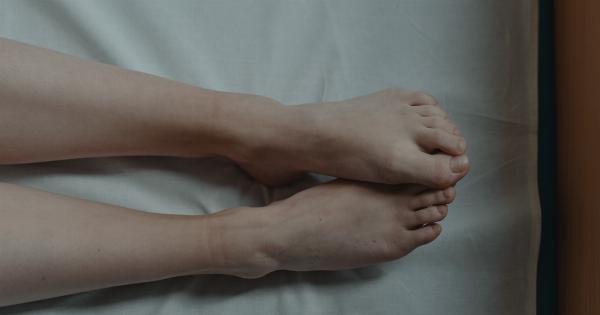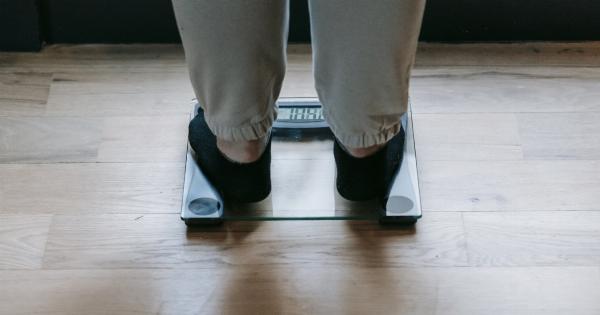Patella chondropathy, also known as patellofemoral syndrome, is a common, yet often undiagnosed condition that affects the knee joint. This condition can cause discomfort, pain and even difficulty in movement.
Fortunately, there are several biological treatments that can be used to manage this condition. In this comprehensive guide, we will explore the different biological treatments available for patella chondropathy.
What is Patella Chondropathy?
Patella chondropathy occurs when there is damage to the articular cartilage, which is the smooth and shiny tissue that covers the ends of the bones at the knee joint. This damage can occur due to overuse, trauma, or injury.
Symptoms of Patella Chondropathy
Some of the most common symptoms of patella chondropathy include:.
- Pain in the front of the knee
- Tenderness or sensitivity around the patella (kneecap)
- Popping or cracking sounds when bending or straightening the knee
- Swelling or stiffness in the knee joint
- Difficulty walking or climbing stairs
Treatments for Patella Chondropathy
Treatment options for patella chondropathy may vary depending on the severity of the condition, as well as the underlying cause. Some of the most common treatments include:.
Physical Therapy
Physical therapy can help improve muscle strength and reduce pain. A physical therapist may work with the patient to develop a personalized exercise plan to strengthen the muscles surrounding the knee joint.
This can help improve mobility and flexibility, as well as reduce joint stress.
Bracing
Bracing is another non-surgical option that can help reduce pain and improve mobility. A knee brace can help support the knee joint and prevent further damage to the articular cartilage.
In some cases, a patellar tendon strap may be recommended to help support the kneecap.
NSAIDs
Non-steroidal anti-inflammatory drugs (NSAIDs) such as aspirin and ibuprofen can help reduce inflammation and pain in the knee joint.
These medications are typically available over the counter, although stronger prescription strength NSAIDs may be recommended for more severe cases.
Corticosteroid Injections
A corticosteroid injection can be used to reduce inflammation and pain in the knee joint. This medication is typically injected directly into the affected area, and the effects can last for several months.
PRP Therapy
Platelet-rich plasma (PRP) therapy is a regenerative treatment that uses the patient’s own blood platelets to promote healing in the knee joint.
This treatment involves drawing blood from the patient’s arm, processing it to concentrate the platelets, and then injecting the concentrated platelets back into the knee joint.
Stem Cell Therapy
Stem cell therapy is another regenerative treatment that uses the patient’s own stem cells to promote healing in the knee joint.
This treatment involves extracting stem cells from the patient’s bone marrow or fat tissue, and then injecting the stem cells back into the knee joint.
Viscosupplementation
Viscosupplementation involves injecting a gel-like substance called hyaluronic acid into the knee joint. This substance helps lubricate the joint, reduce inflammation and improve joint function.
Viscosupplementation is typically performed as a series of injections over several weeks.
Conclusion
Patella chondropathy is a common condition that can cause discomfort and pain in the knee joint.
There are several biological treatments available to manage this condition, including physical therapy, bracing, NSAIDs, corticosteroid injections, PRP therapy, stem cell therapy, and viscosupplementation. If you are experiencing knee pain or discomfort, it is important to contact a healthcare professional for proper diagnosis and treatment.





























